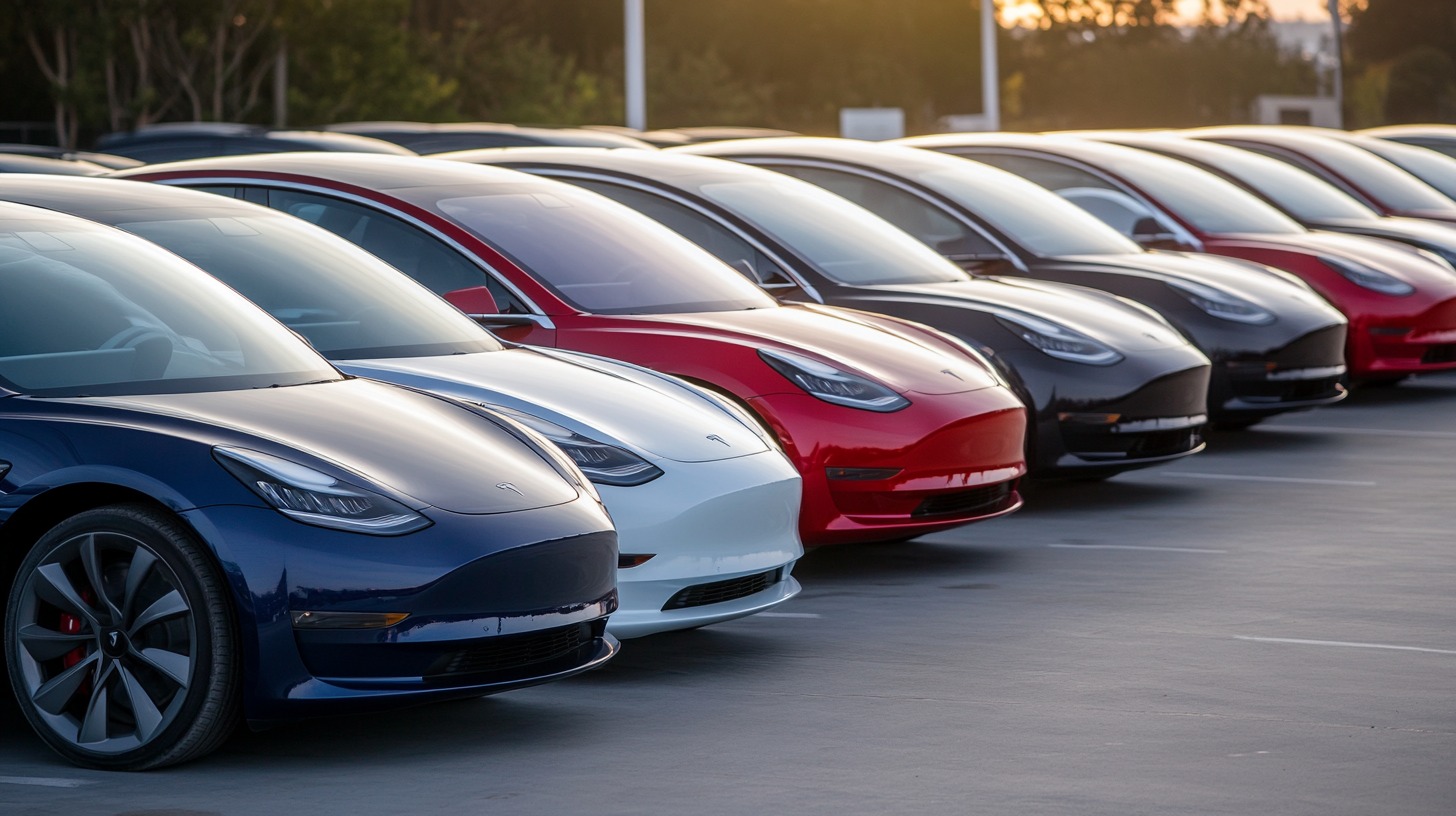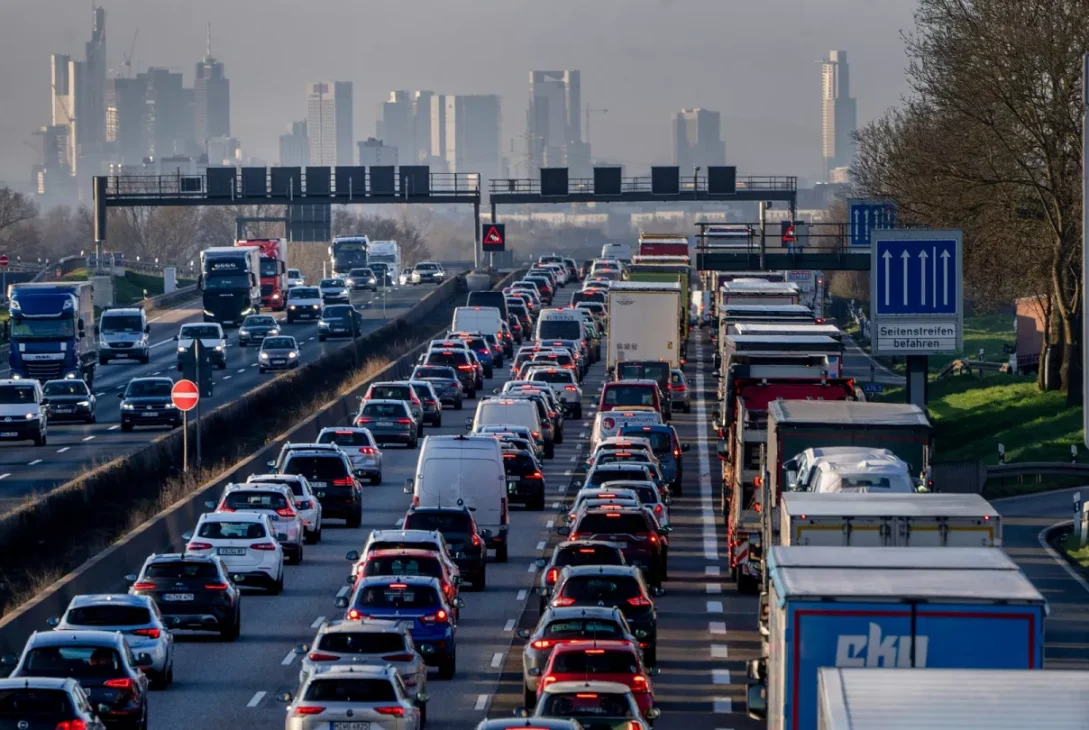Transportation has always been at the heart of commerce. From the earliest trade routes of the Silk Road to today’s globalized supply chains, the ability to move goods and people efficiently has determined the success of economies. In the 21st century, transportation is not merely a logistical necessity—it is a dynamic business sector that influences global trade, technological innovation, and environmental sustainability.
This article explores the critical role of transportation in business, the challenges it faces, and the innovations shaping its future.
Transportation as the Backbone of Business
Every industry relies on transportation in some way. Manufacturing needs raw materials shipped to factories. Retailers depend on logistics networks to deliver products to shelves. Even digital businesses, which seem detached from the physical world, rely on transportation for infrastructure—think servers, electronics, and the delivery of consumer devices.
Transportation enables economic growth by connecting producers to markets and consumers to products. According to the World Bank, efficient transportation can raise a country’s GDP by facilitating trade, reducing costs, and improving productivity. In short, transportation isn’t just an industry—it is the backbone of all industries.
Key Sectors of the Transportation Industry
The transportation business is vast, covering multiple modes of movement:
-
Road Transport – Trucks, vans, and delivery vehicles dominate last-mile logistics and domestic freight movement. Ride-hailing apps have also transformed road transport into a major service sector.
-
Rail Transport – Efficient for bulk goods and long-distance land freight, railways are crucial for energy, minerals, and agricultural supply chains.
-
Air Transport – Air freight is the fastest mode for global trade, moving high-value goods like electronics and pharmaceuticals. Passenger aviation, meanwhile, supports global tourism and business travel.
-
Maritime Shipping – Responsible for over 80% of world trade by volume, maritime shipping is the backbone of globalization, carrying raw materials, energy resources, and manufactured goods across oceans.
-
Public Transport – Buses, subways, and trams are vital for urban economies, reducing congestion and enabling millions of workers to access jobs.
Each sector has its own business model, but together they form a complex web that powers global commerce.

Logistics and Supply Chain Management
Transportation does not operate in isolation—it is part of the larger logistics and supply chain ecosystem. Businesses today depend on just-in-time delivery models, where inventory is minimized, and products arrive precisely when needed. This requires highly reliable and coordinated transportation networks.
Companies like Amazon, FedEx, and DHL have revolutionized logistics by integrating advanced technologies into their transportation systems. Real-time tracking, predictive analytics, and warehouse automation ensure that goods flow seamlessly from production to consumer. Businesses that master transportation efficiency gain a significant competitive edge in today’s fast-moving markets.
Technology Transforming Transportation
Innovation is rapidly reshaping how transportation businesses operate. Some of the most impactful developments include:
-
Autonomous Vehicles: Self-driving trucks and delivery robots could reduce labor costs and improve safety in logistics.
-
Electrification: Electric vehicles (EVs), buses, and even ships are reducing reliance on fossil fuels. Tesla, Rivian, and BYD are at the forefront of this transformation.
-
Digital Platforms: Ride-hailing companies like Uber, Lyft, and Grab have created entirely new business models, connecting drivers and passengers through apps.
-
Smart Infrastructure: IoT sensors, AI-driven traffic management, and 5G networks are improving urban mobility and freight efficiency.
-
Drones and Air Mobility: Delivery drones and air taxis are on the horizon, promising faster, more flexible transportation options.
Businesses that embrace these technologies are redefining what is possible in the transportation sector.
Transportation and Global Trade
The global economy depends heavily on international transportation. Shipping containers, for instance, revolutionized trade by standardizing cargo movement. Today, mega-ships capable of carrying over 20,000 containers make intercontinental commerce affordable and efficient.
Air cargo has also grown in importance, particularly during the COVID-19 pandemic, when vaccines and medical supplies had to be delivered quickly across continents. Reliable international transportation is no longer just a convenience—it is a strategic necessity for businesses and governments alike.
Challenges Facing the Transportation Industry
While transportation fuels economic growth, the sector faces major challenges:
-
Environmental Impact – Transportation accounts for about 20% of global CO₂ emissions. Balancing growth with sustainability is an urgent priority.
-
Infrastructure Strain – Aging roads, bridges, and rail networks in many countries limit efficiency and increase costs.
-
Fuel Costs and Supply Chain Volatility – Rising energy prices and geopolitical tensions create uncertainty in transportation costs.
-
Labor Shortages – Truck drivers, pilots, and skilled logistics workers are in short supply, affecting delivery reliability.
-
Cybersecurity Risks – With digitalization comes vulnerability. Logistics companies are increasingly targets of cyberattacks.
These issues require investment, innovation, and collaboration between governments and businesses to ensure transportation remains a reliable growth driver.
The Sustainability Imperative
Sustainability is no longer optional—it is a business necessity in transportation. Consumers, regulators, and investors expect companies to reduce their carbon footprint. This has led to the rise of:
-
Green Logistics – Using alternative fuels, optimizing routes, and adopting carbon offset programs.
-
Electric and Hydrogen Fleets – From city buses to long-haul trucks, companies are transitioning to cleaner energy.
-
Intermodal Solutions – Combining road, rail, and shipping to minimize emissions and maximize efficiency.
-
Sustainable Shipping Practices – New ship designs and cleaner fuels are helping reduce maritime emissions.
Businesses that align transportation strategies with sustainability goals are not only reducing risk but also attracting eco-conscious customers and investors.
The Role of Public and Private Investment
Transportation infrastructure is capital-intensive. Governments play a central role in funding highways, ports, airports, and public transit. However, private investment is increasingly shaping the industry through partnerships and innovation.
Public-private partnerships (PPPs) are being used worldwide to finance transportation projects, combining government oversight with business efficiency. At the same time, venture capital is fueling startups that are reinventing mobility, from electric scooter companies to logistics software platforms.
Future Outlook: The Next Decade of Transportation Business
Looking ahead, the transportation sector will continue to evolve rapidly. Some key trends to watch include:
-
Urban Mobility Solutions – As cities grow, shared and micro-mobility options like e-bikes and autonomous shuttles will expand.
-
Decarbonization – Governments will enforce stricter emission standards, accelerating green technology adoption.
-
Digital Twins and AI – Predictive models will allow businesses to simulate and optimize transportation networks.
-
Global Supply Chain Resilience – Companies will diversify suppliers and shipping routes to reduce risks from disruptions.
-
Space Logistics – While still futuristic, companies like SpaceX are exploring ways to use space for ultra-fast cargo transport.
The future of transportation will not just be about speed and efficiency—it will be about resilience, sustainability, and innovation.

Conclusion
Transportation is more than just movement—it is the lifeline of global business. Every product on a shelf, every raw material in a factory, and every passenger boarding a plane represents the invisible work of transportation systems. The sector drives economic growth, fosters global connectivity, and enables innovation across industries.
Yet, the transportation business also stands at a crossroads. With rising environmental concerns, infrastructure challenges, and technological disruption, companies must adapt quickly to stay competitive. The winners of tomorrow will be those who embrace sustainability, invest in digital transformation, and build resilient, future-ready transportation strategies.
As we look ahead, one truth remains: the business of transportation will continue to move the world—literally and figuratively—into the future.







